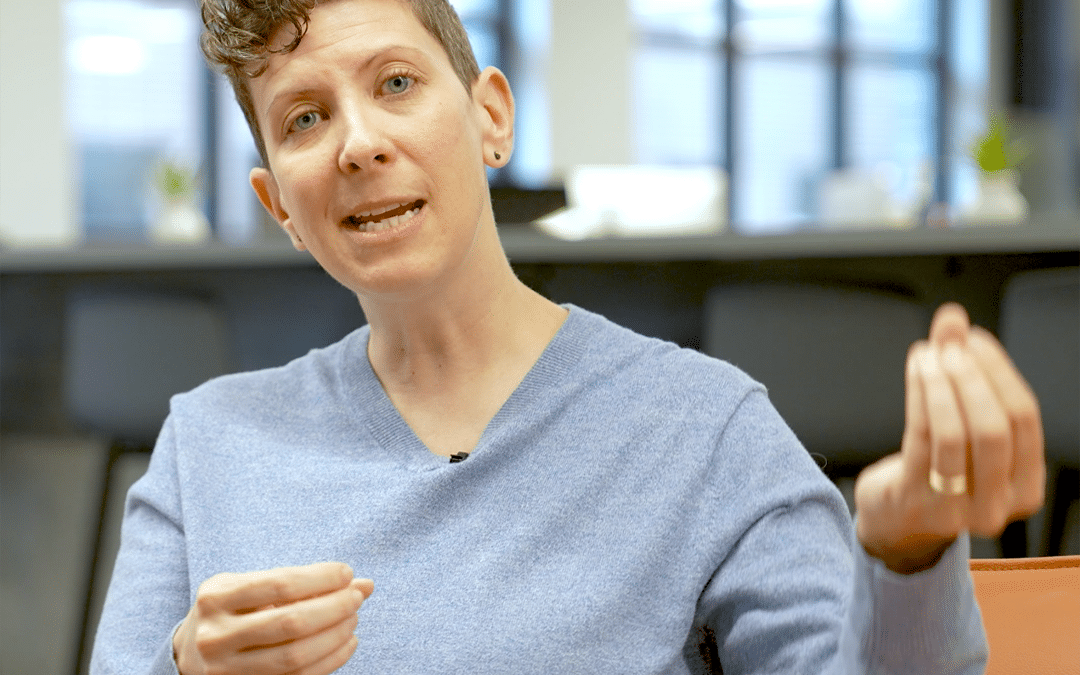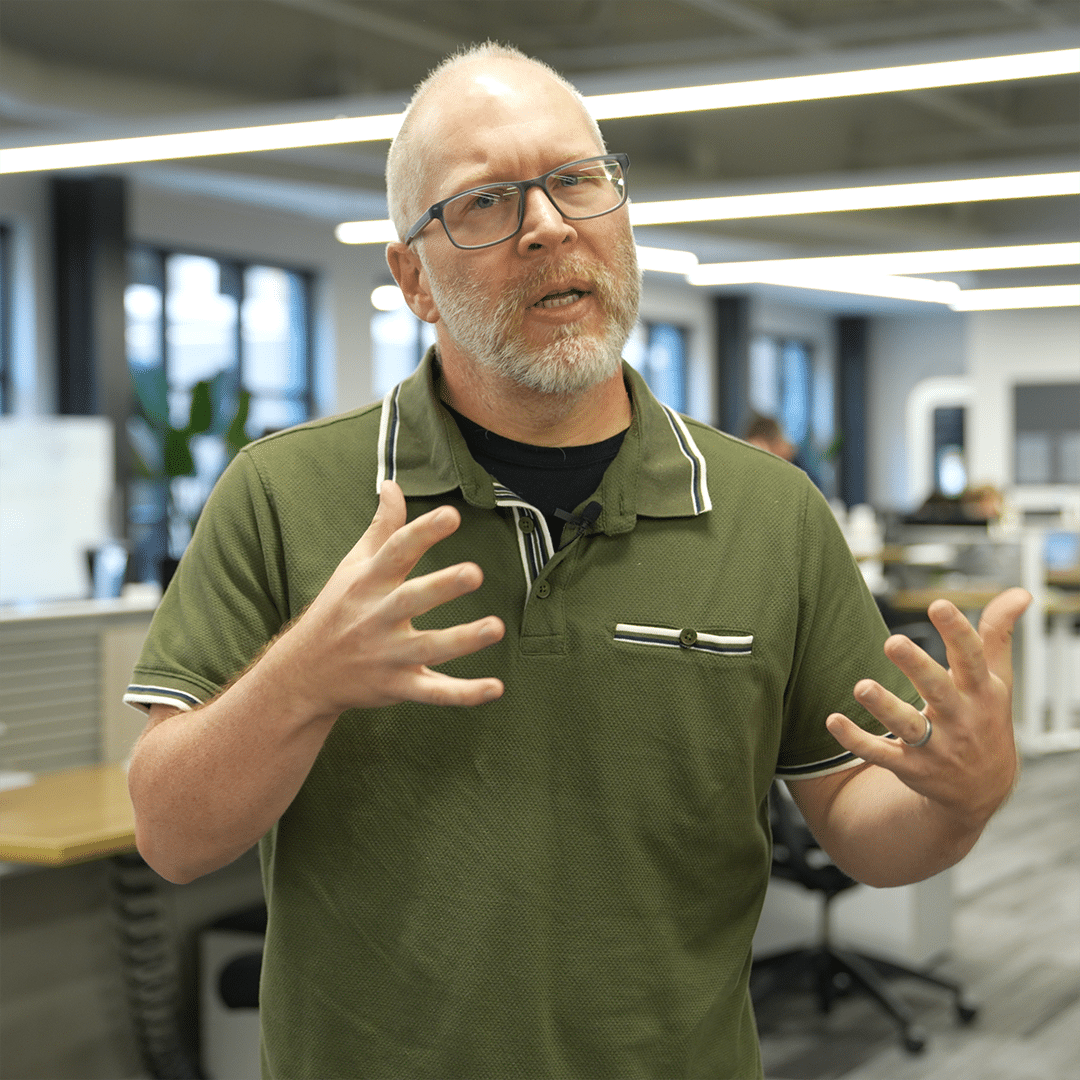Common RFP Pitfalls to Avoid
ASHLEY BOOTH
Video Transcript
We at Element Three are wary of RFP processes, and there’s a few things to consider that may make your process better or help you reconsider how you’re finding outside partners, especially for things like consulting, strategic thinking or long-term partnership.
Those are typically the RFPs that we’re getting, but sometimes we get an RFP where there’s a very specific ask. And as we get into the process, it turns out that there’s really a lot more consulting, long-term planning, long-term partnership needed to solve the problems inside of the business.
So this is why it makes us wary, because a lot of times in an RFP process, the problem statement that is written at the beginning is not necessarily the problem that needs to be solved by the organization at the end of the process, because RFP processes can often last months.
And what you really are looking for is a partner that can constantly be pivoting and changing with your business. You don’t want somebody to be solving a problem that was a problem three months ago that has either been deprioritized or is not necessarily the most critical thing for the business to solve anymore.
What you’re really looking for is someone who can constantly be interrogating and understanding the ever shifting landscape of your business, how you’re making money, your landscape, your competitors, your customers, who’s inside of the organization, what skills you have.
These things are constantly changing and a 1-to-1 is not always going to give you the answers that you need because it’s just more complicated than that. The other thing is you’re not getting a consultative process inside of the sales process. An RFP process is typically written words being emailed over with other written words, and it’s a lot of written communication. It is important to know that a partner has good written communication. But if you are looking for strategic thinking, consulting, long-term partnership, what you really should be experiencing are those things inside of the sales process.
You should be learning things as part of the sales process. You should be getting expertise, aha moments. “Oh, I’ve never thought about that question or I’ve never considered that that way.” That’s what you really want to be feeling inside of the process. And unfortunately, RFPs typically do not provide the level of conversation to really allow for that. RFP processes often have — you know, you get 30 minutes for questions and then you have a presentation and there’s very little conversation and interaction as part of the process, which also brings me to team dynamics. A lot of what you need for consulting, strategic thinking, long-term partnership, even large projects, is team dynamics that work. Team chemistry is critically important. It may be the most important part of all of this. Your ability for your teams to work really well together, to learn from each other, to solve hard problems together, to work through stumbles on one side or the other.
Because any partnership is going to have places where one side or the other drops the ball or stumbles. You’ve got to be able to work through those things. That’s just part of a relationship. And the RFP process tends to keep things really at an arm’s length, which means you’re sort of trying to compare things on paper when the things that are most important are the people, the dynamics. Past results don’t always indicate future results.
You want to have a sense of the foundation of an organization, their case studies, their results, what they’ve done. But really, it’s about having conversations, meeting each other and inside of a process, understanding, Oh, they really understand us. I’ve learned some things. I’ve considered some things in this process that I had never thought about before.
One last thing to consider is self-diagnosis. Something that we see is an RFP. Again, you’ve got this problem statement. It has been defined. We see a lot of times in our typical sales process that someone will come to us and say, we need a website and we’re like, okay, you probably might need a website.
But once we really dig into it with them, it turns out that actually wasn’t the problem. The problem was a messaging and positioning problem or a lead generation problem or something with sales training.
There’s all kinds of things that may go into it and it doesn’t mean that they’re not smart, capable people. It’s just when you’re inside of an organization and you are doing that job every day, it is really difficult to get outside of that. We often use the metaphor of you’re inside of a jar, and when you’re inside the organization, you’re in it. And it’s hard to get out and see the whole picture. That’s often why you’re bringing in an outside partner.
And so that issue of self-diagnosis, there’s none of that conversation and digging in and interrogating things and having you really be like, Oh, I hadn’t thought about that, again. Right? It goes back to that.
The common perception part of it, the dynamic and the back and forth, is really where the magic happens in consulting and long term partnership. That strategic thinking is happening in the give and take versus sort of handing someone something to be like, this is the problem that we need to solve.
And then what happens if you get that new website or that new campaign and it doesn’t actually turn out to solve the problem that you thought you had because the problem that you actually had was something different.
Hopefully this helps you reconsider your process for finding an outside partner for some things, or at least gives you some insight on ways that you may consider restructuring or adding some nuance to your RFP process that you might not have already considered.
Sharing Expertise
What good is learning something if you don't pass it on? You can tap into what we know right now – from dealer programs to determining brand architecture – and you don't have to give us a thing.




